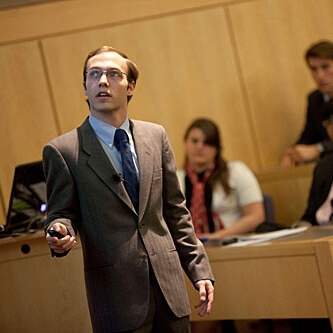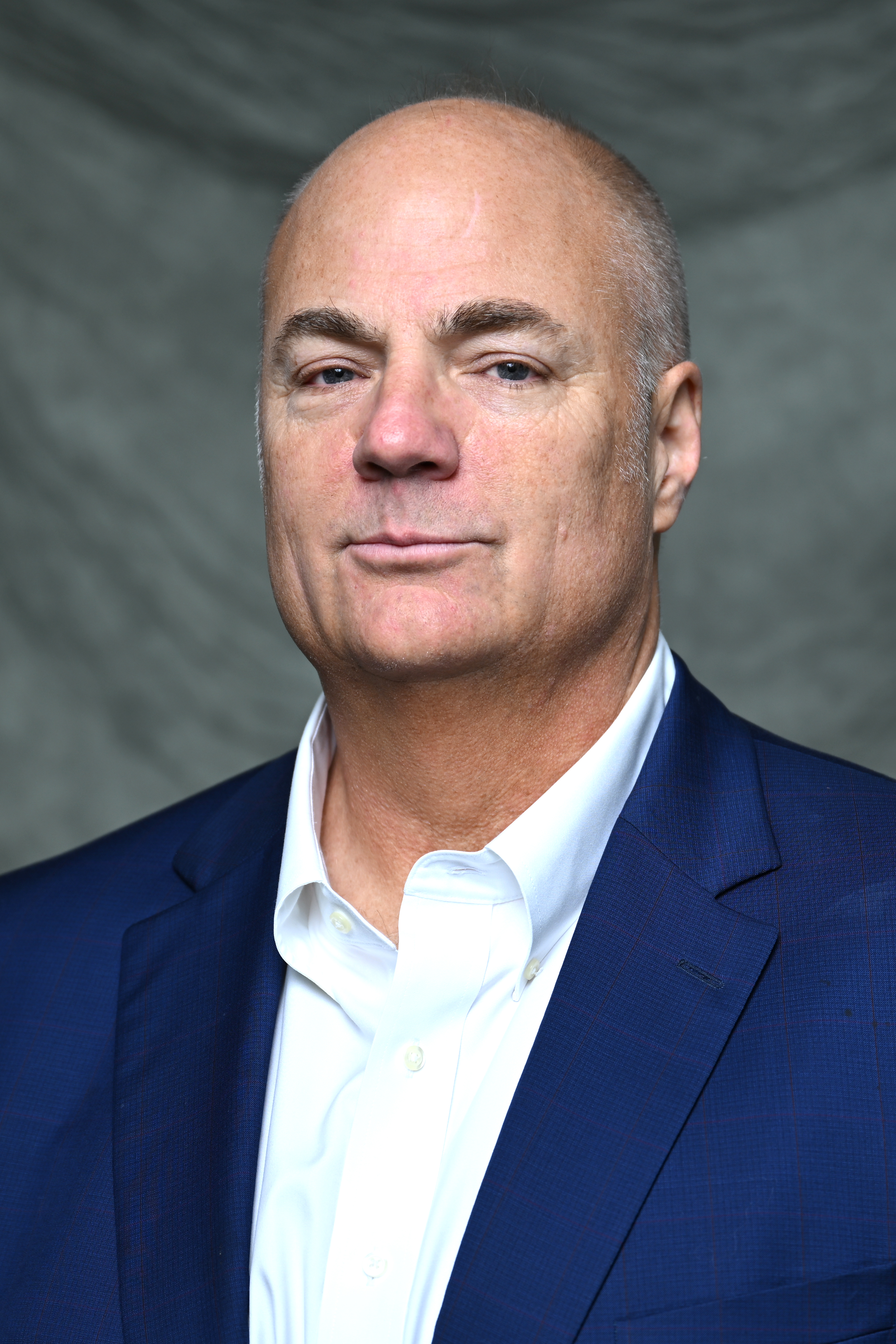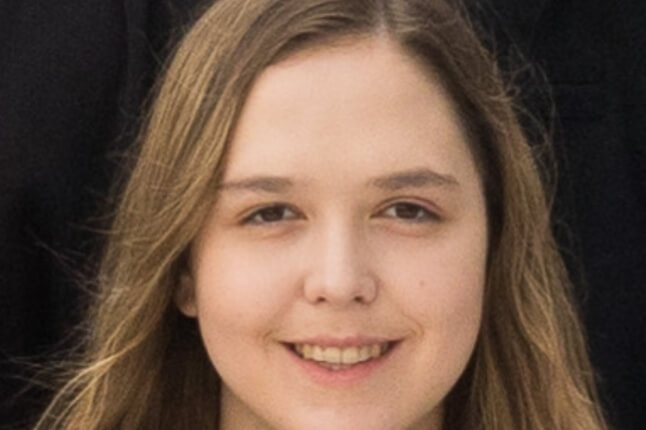News
Ryan Hellar ’13 helped interview more than a hundred North End residents. Photo by Kris Snibbe, Harvard News Office.
Every April hundreds of Harvard students present final projects in front of critical viewers. But this semester only one presentation involved an audience that was — for the most part — heavily armed.
Making that presentation were 11 undergraduates, all juniors — students in one section of ES 96/CS 96, a one-semester course that challenges undergraduates at the Harvard School of Engineering and Applied Sciences (SEAS) with real-world problems. For the past four months the section has immersed itself in the real world of crime analysis in Springfield,Mass.
According to federal data, Springfield’s 2010 crime rates made it the12th most violent city in the nation. The city recorded 1,354 violent crimes per 100,000 residents that year; the national average is 404.
The students were tasked with finding a way to measure the effectiveness of the Counter Criminal Continuum (C3), used to track and counter gang violence. “It’s a policing strategy based on a demilitarized version of COIN,” or counter insurgency techniques used overseas, said Kevin Kit Parker, a multitour veteran of Afghanistan and Harvard’s Tarr Family Professor of Bioengineering and Applied Physics. (He is now an Army Reserve major posted to the U.S.Military Academy at West Point, and was one of the ES 96/CS 96 course leads.)
For the past two and a half years, C3 has been administered by the State Police in collaboration with the Springfield Police Department.State officers needed a metric to find out how well the program was working. And they needed a searchable, easy-to-use database to help synthesize data and analyze police intelligence.
So they asked Parker for technical help — a computer program “to do intelligence analysis,” he said, “using social networking analysis and database linkages.”
The Harvard students in the ES 96/CS 96 section called “Counter Gang Mobile Application” presented their capstone project April 30 in Maxwell-Dworkin. In the audience were Springfield residents, academics, counterinsurgency specialists, and — predominantly — officers from Springfield and the State Police.
It was the first of three final presentations for the three-section course. Later the same day, a second group offered ways to map sustainability practices at Harvard University Hospitality and Dining Services. A third, presenting on May 1, proposed a system to improve access to Harvard libraries’ special collections of manuscripts,artifacts, photographs, and the like.
Be it manuscripts, food, or gangs, the ES 96/CS 96 challenge is the same: Identify a real problem, develop a hypothesis, design a solution,gather data, and arrive at conclusions and recommendations.
But crime analysis is not the usual fare in a class that for decades has investigated — among other things — energy efficiency in Harvard buildings.
In fact, Riju Agrawal ’13 — a member of the gang violence project —was skeptical at first about applying engineering skills to crime analysis. Then he grasped the utility of using science and technology in the social sphere. “Engineering,” he said, “applies to more than bridges and roads.”
Topics: Academics
Cutting-edge science delivered direct to your inbox.
Join the Harvard SEAS mailing list.
Scientist Profiles
Kit Parker
Tarr Family Professor of Bioengineering and Applied Physics




